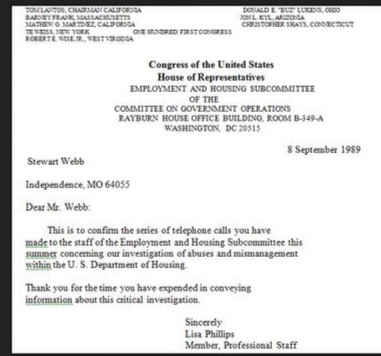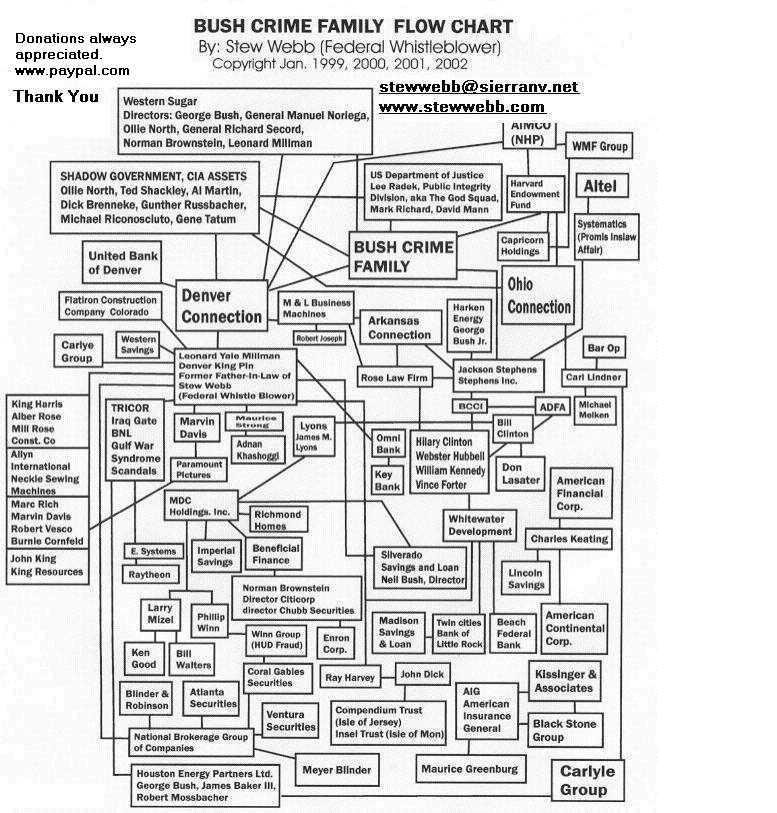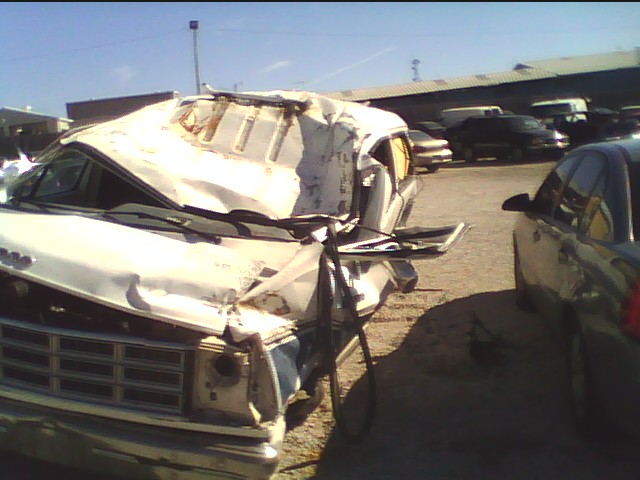What are Smart Meters?
https://www.cancer.org/cancer/cancer-causes/radiation-exposure/smart-meters.html
To use (and be billed for) utilities such as electricity, natural gas, or water, the amount you use must be measured. This is generally done with a meter. In the past, the data from the meters had to be read by a person. More recently, meters that automatically send usage information back to the product supplier have been used. These are called smart meters.
Smart meters have been used for a number of years in some developed countries, especially in parts of Europe. In recent years, they have been installed in some areas of the United States as well.
Concerns have been raised about the safety of smart meters, mainly because they give off the same kinds of radiofrequency (RF) waves as cell phones and Wi-Fi devices.
How do smart meters work?
Smart meters record the amount of the product (electricity, water, etc.) consumed over time. They differ from traditional utility meters in that they are electronic and can talk to a central computer system.
Smart meters talk to their central systems using RF transmissions, based on a cell phone, pager, satellite, radio, power line (PLC), Wi-Fi or Internet (TCP/IP) communication method. Internet and cell phone applications have become the preferred options because of their flexibility and ease of deployment.
How are people exposed?
Smart meters are typically installed outside the home, either in place of or as part of existing meters. How much RF energy that people are exposed to from the smart meter depends on how far they are from the smart meter antenna and how the smart meter sends its signal. The frequency and power of the RF waves given off by a smart meter are similar to that of a typical cell phone, cordless phone, or residential Wi-Fi router. Smart meters typically send and receive short messages about 1% of the time.
Because the smart meter antenna usually is located outside the home, people are much farther away from the source of RF waves than some other possible sources of exposure to RF radiation, such as personal cell phones and cordless phones. In addition, walls between the person and the smart meter’s antenna further reduce the amount of RF energy exposure. This means that the amount of RF radiation that someone would be exposed to from a smart meter is probably much lower than the amount that they would be exposed to from other sources.
Can smart meters cause cancer?
Smart meters give off RF radiation. RF radiation is low-energy radiation. RF radiation doesn’t have enough energy to remove charged particles such as electrons (ionize), and so is called non-ionizing radiation. Non-ionizing radiation has enough energy to move atoms in a molecule around or cause them to vibrate, which can lead to heat but it can’t damage DNA directly.
RF radiation is classified by the International Agency for Research on Cancer (IARC), as “possibly carcinogenic to humans.” This is based on the finding of a possible link in at least one study between cell phone use and a specific type of brain tumor. Because RF radiation is a possible carcinogen, and smart meters give off RF radiation, it is possible that smart meters could increase cancer risk. Still, it isn’t clear what risk, if any there might be from living in a home with a smart meter.
It would be nearly impossible to conduct a study to prove or disprove a link between living in a house with smart meters and cancer because people have so many sources of exposure to RF and the level of exposure from this source is so small. Because, the amount of RF radiation you could be exposed to from a smart meter is much less than what you could be exposed to from a cell phone, it is very unlikely that living in a house with a smart meter increases risk of cancer. The World Health Organization has promised to conduct a formal assessment of the risks from RF exposure but this report is not yet available.
See Microwaves, Radio Waves, and Other Types of Radiofrequency Radiation and Cellular Phones for more information about the link between RF radiation and cancer risk.
Do smart meters cause any other health problems?
Smart meters have not been studied to see if they cause health problems. Studies have looked at RF radiation from other sources. Exposure to large amounts of RF radiation, as from accidents involving radar, has resulted in severe burns. No other serious health problems have been reported.
One concern expressed is that the RF waves produced by smart meters might interfere with electronic medical devices such as a heart pacemaker. A study that examined the effect of smart meters on pacemakers and implantable defibrillators found that the smart meters did not interfere with these devices.
Could smart meters cause health problems in cancer survivors?
While RF exposure might not cause cancer directly, concern has been voiced that cells in the body that have been damaged by exposure to some other substance might somehow be more likely to become cancerous when exposed to RF waves. In theory, this might be a concern for cancer patients being treated with ionizing radiation and/or medicines that might cause cancer themselves. Animal studies have not shown evidence of this and this effect has not been studied in people.
How can I reduce my exposure to RF radiation from smart meters?
There isn’t much you can do to lower your exposure to RF radiation from smart meters. In some places where smart meters are being installed, people have the choice to opt in or opt out of having them, but this isn’t an option everywhere.
It may be possible to lower exposure from cell phones and other sources of RF radiation. See Microwaves, Radio Waves, and Other Types of Radiofrequency Radiation and Cellular Phones.
Because the low levels of energy from RF radiation have not been clearly shown to cause problems even at close range, it isn’t clear that lowering exposure to RF radiation has health benefits.
The American Cancer Society medical and editorial content team
Our team is made up of doctors and oncology certified nurses with deep knowledge of cancer care as well as journalists, editors, and translators with extensive experience in medical writing.
Last Revised: September 24, 2014












.jpg)

